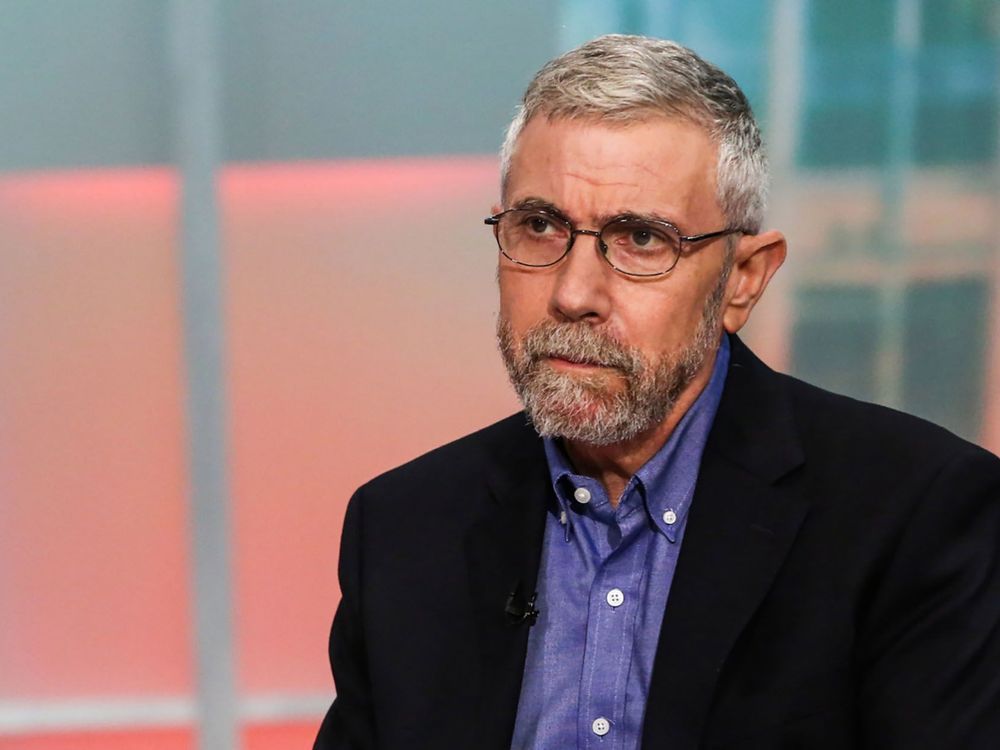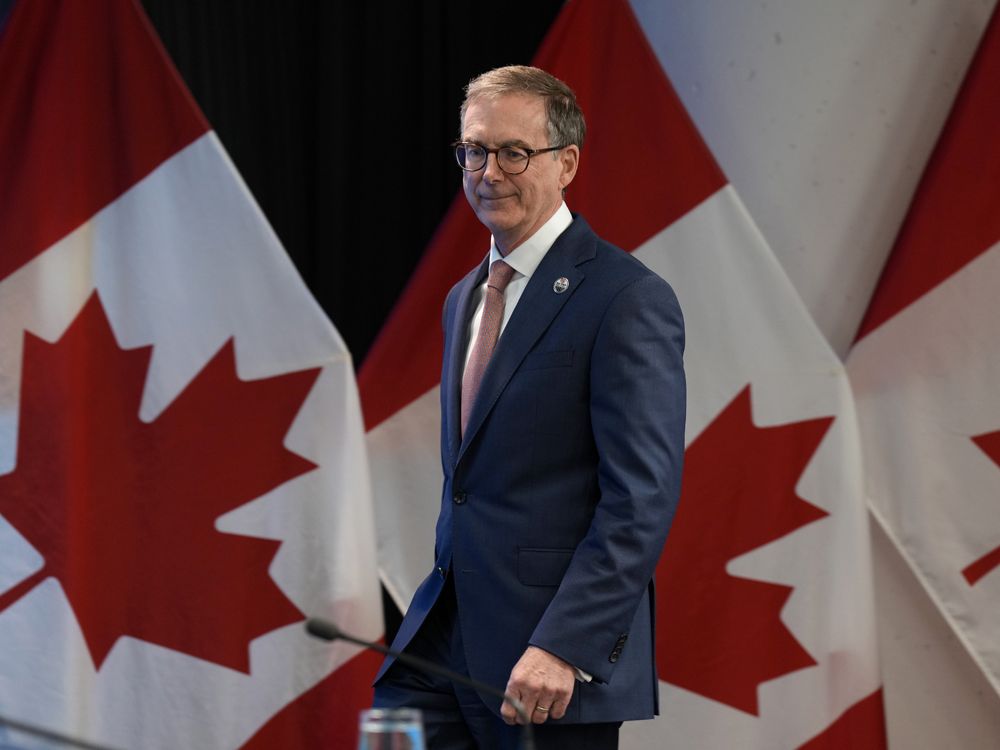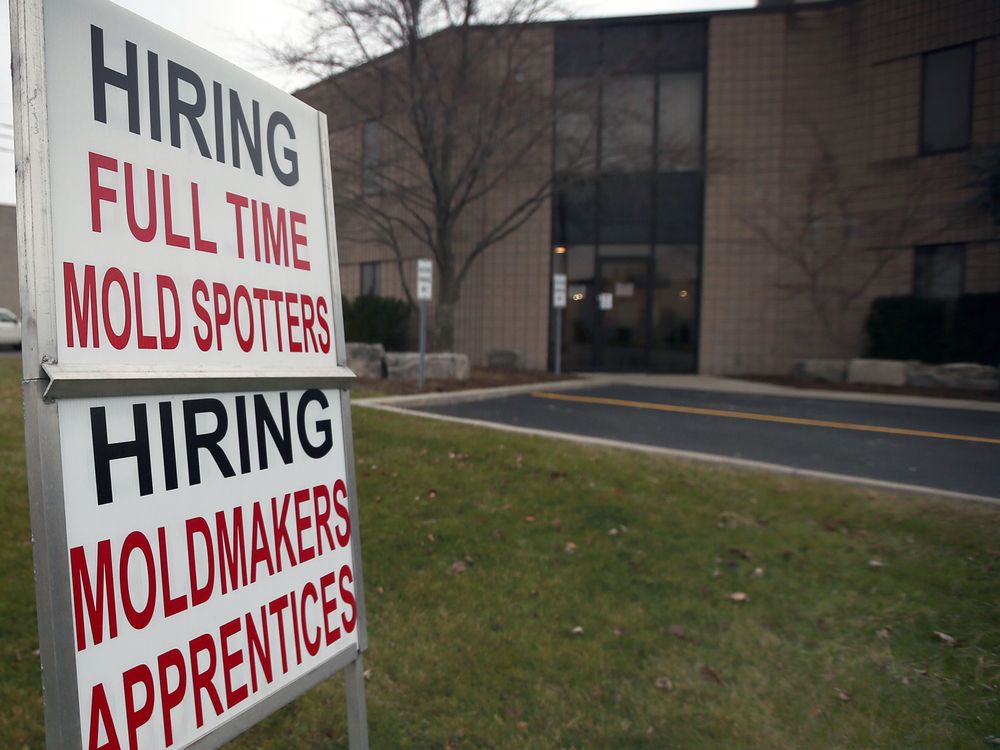Canada has some powerful cards to play
in its tariff fight
with United States President
Donald Trump
, says a Nobel Prize-winning economist.
“Canada has some of the advantages
that China has
” in the sense of being able to deny the U.S. access to critical commodities,
Paul Krugman
said during a
podcast interview
with Avery Shenfeld, CIBC World Market’s chief economist.
Prior to China and the U.S. agreeing to a 90-day cooling period on trade tensions earlier this week, the former said it would cut off exports of rare earth minerals and other critical “industrial inputs” after the latter hiked tariffs on Chinese goods to 145 per cent.
A similar tactic is available to Canada, Krugman said, given that its
trade surplus with the U.S.
is mostly due to energy exports, including oil and hydroelectricity.
“It’s a lot easier for Canada to try to compensate people who have lost jobs because of a loss of access to U.S. markets than it is for the United States to replace the oil to Midwestern refineries and the electricity to the New England power grid,” he said.
But Canada has weak spots, too.
“Canada is peculiarly vulnerable,” Krugman said. “Canada is a big country geographically, but almost everybody lives close to the U.S. border. I sometimes say Canada is closer to the United States than it is to itself.”
The economist, who has a global profile and has worked at several top-tier U.S. universities, including the Massachusetts Institute of Technology and Princeton, said Canadian provinces have in most cases oriented their trade to the U.S. because they are closer to that market.
Many states are also economically larger than provinces in Canada, he said, citing the example of British Columbia turning to California to trade rather than a more distant and smaller Ontario.
“It’s difficult for Canada to reorient itself,” but “not impossible,” Krugman said, suggesting that Eastern Canada could redirect trade to Europe while Western Canada could turn toward Asia, though doing so would be difficult and costly.
Prime Minister Mark Carney has talked about expanding commerce with other countries.
“Canada must be looking elsewhere to expand our trade, to build our economy and protect our sovereignty,” he said during a press conference on April 3.
In response to Trump’s tariffs and
threats to Canada’s sovereignty
, there is also a major push by the new federal government to
break down interprovincial trade barriers
.
Carney on Tuesday named Dominic LeBlanc as minister of Canada-U.S. trade, intergovernmental affairs and “One Canadian Economy,” with the goal of removing federal impediments to interprovincial commerce by July 1.
But Krugman said there are currently no other options available other than the U.S. for some sectors of Canada’s economy such as the oilsands.
“Oil from the tarsands really has no outlet except the U.S. Midwest. On the other hand, the U.S. Midwest doesn’t have a great alternative to Canadian tarsands oil,” he said.
Another example is that neither Quebec nor New England has alternatives in terms of exporting and receiving hydropower.
The U.S. receives
97 per cent of Canada’s crude oil exports
, according to the Canada Energy Regulator, with about 60 per cent of it destined for Midwest refineries and the remainder going to the Gulf Coast, West Coast and East Coast.
On the hydro front, New England — which includes the states of Maine, Vermont, New Hampshire, Connecticut, Massachusetts and Rhode Island — accounts for about half of Hydro-Quebec’s exports.
Looking ahead, Krugman is worried that businesses’ inhibition to invest in North America could persist even if Trump drops his tariffs.
“In terms of U.S. policymaking, a solemn treaty is basically a suggestion, not a contract,” he said.
• Email: gmvsuhanic@postmedia.com
Bookmark our website and support our journalism: Don’t miss the business news you need to know — add financialpost.com to your bookmarks and sign up for our newsletters here.
Canada and China share some 'advantages' in tariff war with U.S., says Nobel economist
2025-05-14 15:21:55





